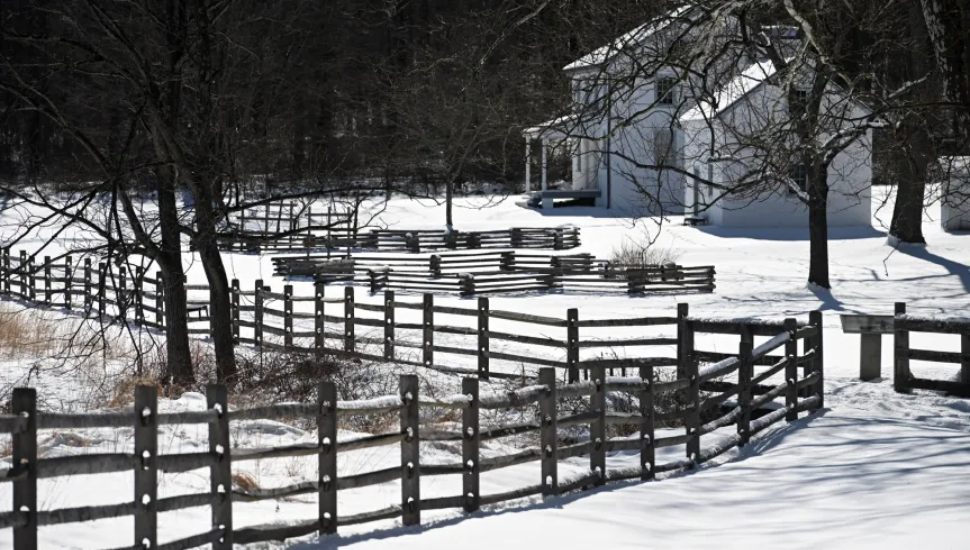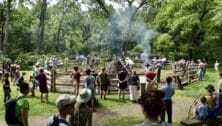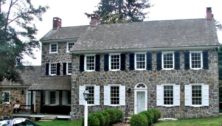Charcoal Makers at Six Penny Creek Settlement Near Elverson Played Crucial Role in Underground Railroad

The Underground Railroad, which is a vital part of our nation’s history, was an intricate network of people that helped move enslaved people from the South to the North, in search of freedom, until the end of the Civil War, writes Michelle N. Lynch for The Daily Local News.
The involvement of rural black communities, such as the Six Penny Creek settlement near Hopewell Furnace in Elverson is often overlooked in the Underground Railroad history, according to Dr. Benjamin Carter, an associate professor and department chair of anthropology at Muhlenberg College.
The Six Penny community supported those seeking freedom. When the Fugitive Slave Act of 1850 required enslaved people to return to their owners, even if they were living in a free state, the Black community provides escape routes and hiding places on their charcoal lands.
Charcoal makers, called colliers, would tightly stack wood in domed piles and cover the piles with leaves and soil before igniting it. During this process, the colliers would stay in the woods for months; in huts. Conductors on the Underground Railroad used the vacant huts to shelter those seeking freedom.
“These state lands are reservoirs of history,” Carter said. “They hold evidence of the important, yet rarely told, story of Black settlers who used the charcoal landscape to aid those fleeing slavery.”
Read more about the Six Penny Creek settlement and how they participated in the Underground Railroad at The Daily Local News.
_____
Connect With Your Community
Subscribe to stay informed!
"*" indicates required fields




























![95000-1023_ACJ_BannerAd[1]](https://vista.today/wp-content/uploads/2023/03/95000-1023_ACJ_BannerAd1.jpg)



















